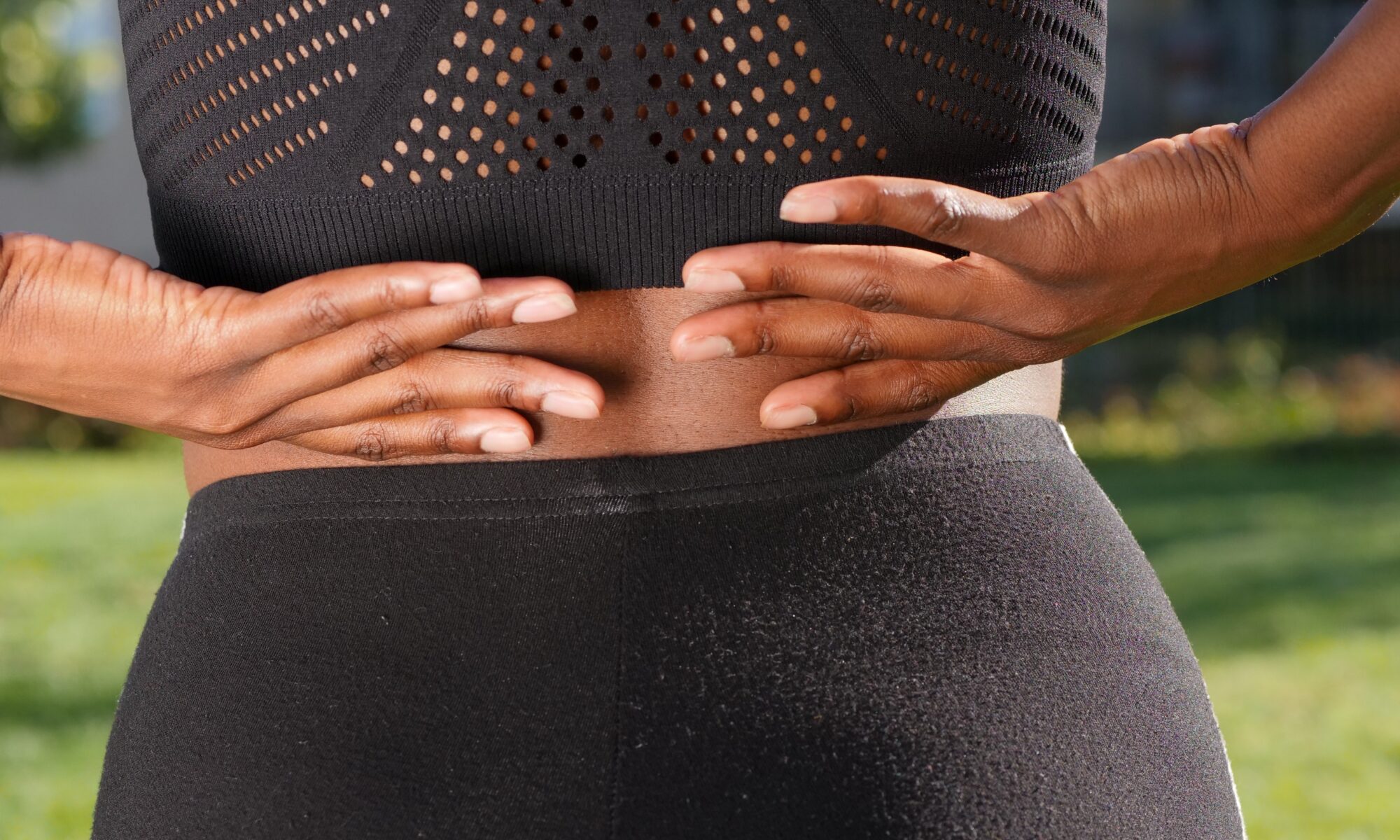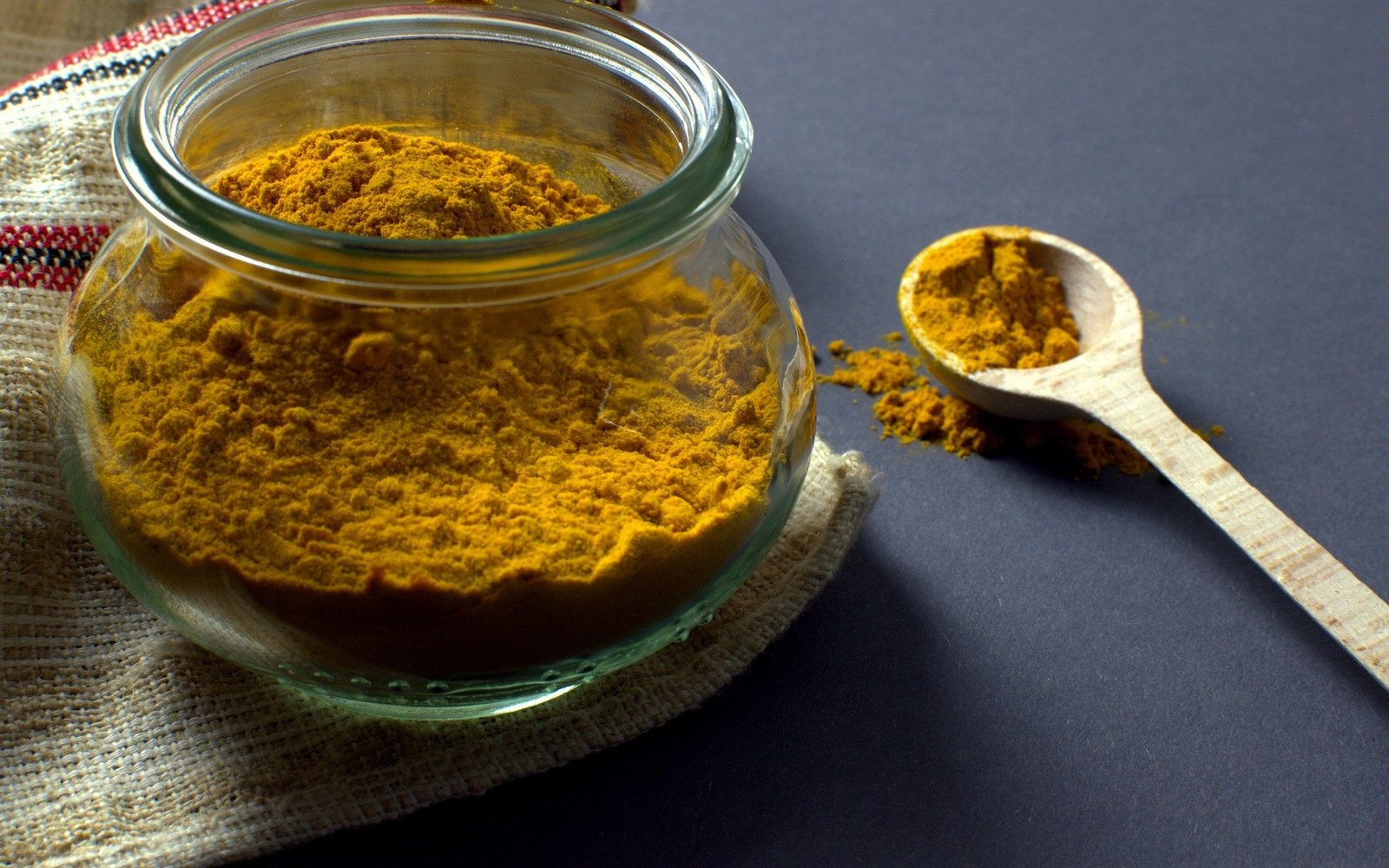Causes, Diagnosis And Treatment For Hip Pain
Despite the durability of the hip joint, it is not indestructible. Many times you probably do not think about your hip joint. But if you’re experiencing hip pain, it may be the only thing on your mind. The hip is a large joint that supports your body and all of its structures, so this means that there can be many causes of hip pain.
Treatment for hip pain depends on your level of pain and the cause of your discomfort. Yoga, cold and heat applications, weight management and hip pain chiropractor can be a healthy treatment for hip pain.
With age and constant use, the cartilage surrounding the hip joint begins to wear down or become damaged. Tendons and muscles in the hip can also get overused. During a fall, bones in the hip can break causing hip pain.
What Is The Anatomy Of The Hip?
The hip joint is where the head of the thigh bone joins the pelvis at a socket known as the acetabulum. cartilage covers both the acetabulum and the bone of the femur in the hip joint.
The synovium, a joint lining tissue surrounds the hip joint. It produces fluid that makes the hip joint smooth and gives supplement to the cartilage. Some various muscles and tendons surround the hip joint. Tiny fluid-filled sacs, called bursae serve as gliding surfaces for tendons and muscles around the hip joint.
Major veins and arteries pass through the hip joint. The sciatic nerve is the largest in the body and it passes behind the hip joint. When the sciatic nerve becomes pinched, it becomes sciatica. One common question asked is can hip pain cause sciatica? Hip pain and sciatica are interwoven, this is because the sciatic nerve travels through the lower back to the hips and buttocks and down each leg (2).
One of the most common causes of hip pain and sciatica is the herniation of the disc in the lumbar spine.
What Are The Possible Causes of Hip Pain?
There are several possible causes of hip pain. The symptoms you experience might give you an idea of what could be causing the pain. These are some of the common conditions that may be causing your discomfort and hip pain.
- 1. Arthritis
Rheumatoid arthritis and osteoarthritis are the most common causes of hip pain, especially in the elderly. Arthritis leads to inflammation caused by arthritis leads to the breakdown of the cartilage that covers your hip bones. The pain worsens with time. People with arthritis have a reduced range of motion and also feel stiffness at the hip joint.
- 2. Bursitis
The bursae is a fluid-filled sac that lubricates and cushion your joints. There is one between the hard bone on the external part of each hip and its connecting tendon. If the bursae become swollen and inflamed, it is known as trochanteric bursitis. It can become extremely painful, especially when lying on the affected side, moving around, or even simply walking.
- 3. Hip flexor strain
A strain happens when a tendon or muscle gets torn or stretched. In the hip, the muscles at-risk are the hip flexors (rectus femoris and iliopsoas muscles), which allow you to move your legs forward and backward. Hip flexor strains commonly occur when the muscles are overused in repetitive motion, such as tennis or cycling, or from a direct hit to the hip. A hip flexor strain can cause weakness in the muscle, pain, or restricted movement.
- 4. Osteonecrosis
This occurs when cells of the hip bone start to die due to a lack of blood supply. Usually, osteonecrosis occurs as a result of excessive use of corticosteroids or alcohol. it can also occur as a result of hip dislocation. Symptoms of osteonecrosis include pain in the buttocks, thighs, or knees, as well as groin pain that worsens with mobility.
- 5. Labral Tears
Labral tears occur as a result of damage to the cartilage that surrounds the socket of the hip. An accident or repetitive motions can lead to labral tears, and also in early osteoarthritis. Often, sports like football, ice hockey, ballet, soccer, and golf can lead to hip labral tears. Labral tears can also be caused by structural abnormalities of the hip joint.
- 6. Femoroacetabular Impingement (FAI)
This condition occurs when the two bones that form the hip joint develops in an irregular shape. There are 3 types of impingements:
- – Cam: A bone growth on the surface of the femur that impedes the movement of the ball joint.
- – Pincer: When the bone grows over the edge of the acetabulum.
- – Combined: When both cam and pincer growths are present.
- 7. Snapping Hip Syndrome
The main symptom of this hip injury is a snapping or popping sound in the hip joint. It can also be associated with pain while walking, running, or trying to sit on a chair. The snap occurs when soft tissues, such as muscles or tendons, glide over a bony part of the joint.
One of the tissues commonly affected in snapping hip syndrome is the IT band (iliotibial), which runs from the hip to the thigh. When the iliotibial band passes over the upper thigh bone, it creates a snapping sound. This hip injury is common in athletes or people who participate in repetitive, strenuous motion that causes them to bend.
- 8. Hip Fractures
Hip fractures are injuries that vary in severity. but all hip fractures need immediate attention from a hip pain chiropractor or orthopedic surgeon. They are mostly caused by severe trauma. Hip fractures are extremely painful and lead to immediate loss of mobility.

Although it usually takes direct trauma for a hip to be fractured, other factors such as cancer, stress injuries, and osteoporosis can weaken the joint and make it vulnerable to fractures.
- 9. Gynecological and Back Issues for Women
For some women, their hip pain originates from problems with the pelvis. Gynecological issues, like endometriosis or fibroid, can cause significant pain. Likewise, issues with the digestive or urinary systems can also feel like a hip problem. Finally, women might also have issues stemming from the back or spine down around the hip and buttocks area. Sciatica is one common issue that usually causes pain on one side of the body, including the back side of the hip and even down the leg.
- 10. Inguinal Hernia
An inguinal hernia causes pain in the anterior part of the hip joint and occurs when tissue poke out through a weak hole in the abdomen. This can happen as the result of a sports injury, or the extra pressure women experience on their abdomens during pregnancy.
Sometimes, hernias are not dangerous and they resolve on their own. Others, however, can cause persistent pain, become larger, or cause severe complications. Surgery is often recommended in such cases.
- 11. Tendinitis
Tendons attach muscles to bones and are seen in various parts of the body. They are strong and thick because of the work they do daily but can become inflamed. When tendons are overused or injured, the resulting pain is called tendonitis. Tendonitis is characterized by pain in the flexor muscles of the hips, which are the muscles that allow the knee to be raised towards your body, and are connected to movement. It can be common in athletes, for example, runners, soccer, or tennis players.
- 12. Prolonged Sitting
Sitting for a prolonged period can contribute to the weakness of the external rotation causing hip pain. Hip surgery and injuries are other common causes of hip pain external rotation. Without the external rotator muscles, it would be difficult to ensure stability while walking, standing, or extending your legs away from your body.
How Is Hip Pain Diagnosed?
When you come down with hip pain, especially when it is related to arthritis, your physician will ask questions to determine the extent of pain you are in, including:
- – When did your symptoms first appear?
- – Is the pain worse at a particular time of day?
- – Does the pain affect your ability to walk?
Your physician will perform imaging and fluid tests. Fluid tests involve taking samples of urine, blood, and joint fluid for testing in the laboratory. Imaging tests may include:
- – Ultrasound
- – X-rays
- – MRI scans
- – CT scans
How Do You Know If Your Hip Pain is Serious?
Hip pain can be devastating, but how can you differentiate between one that will resolve in a few days and one that poses more threat to your general well-being? One of the first signs that your hip pain might require medical attention is the duration. If it takes longer than a couple of days without signs of improvement, it might be time to visit your doctor. Here are signs to watch out for:
- – Bleeding
- – Fever
- – Pain as a result of a fall or an injury
- – An area that’s warm to the touch
- – Exposed bone or muscle
- – Inability to bear weight
- – A popping sound
It is also important to seek help immediately if you experience tenderness, redness, soreness, or warmth in the affected area of your hip joint because that could be symptoms and signs of more serious conditions. For example, septic arthritis, a joint infection that can lead to osteoarthritis or deformities if not treated.
When should I see a doctor for the symptoms of hip pain?
If the pain becomes unbearable, uncomfortable, or has lasted for more than two weeks, it is time to see your doctor. You may also want to try working with an acupuncturist, hip pain chiropractor, or massage therapist. According to a recent study, methods such as acupuncture, massage, heat, or spinal manipulation should be used before using medications (3).
Treatment For Hip Pain Relief
Treatment for hip pain depends on your level of pain and the cause of your discomfort. Here are some of the remedies that can alleviate your hip pain.
- – Gentle exercise or yoga
If hip pain keeps you from moving freely like you once did, gentle exercises such as can help keep you active and bring your hip pain relief. Yoga can be an effective tool in suppressing sore hips because of its holistic method. It is important to Stretch after a warm shower as muscles are usually relaxed.

The hip pain yoga postures are designed to improve flexibility, build strength, and correct poor alignment. This is done by moving your joints in a full range of motion to ensure that the joints are in the correct position and loosen up restrictions (4).
- – Medications to treat inflammation
Non-steroidal anti-inflammatory drugs (NSAIDs) such as Ibuprofen, Diclofenac, and Piroxicam are over-the-counter pain relievers that help reduce pain and inflammation. Corticosteroids and disease-modifying anti-rheumatic drugs (DMARDs) such as sulfasalazine and methotrexate also help with rheumatoid arthritis treatment (6). Topical analgesics can be used to massage the hip joint for temporary relief.
- – Cold and Heat.
Treating hip pain with cold and heat may help reduce pain and inflammation. Wrap an ice pack in a towel and place it on your hip. A warm shower can also help prepare your muscles for stretching.
- – Weight Control
If you’re overweight, you might want to consider shedding some weight to reduce the burden on the hip joint. This in turn reduces the amount of pain you feel in your hip joint.
- – Hip Replacement Surgery
If your other treatments have not subsided your hip pain, your doctor may talk to you about hip replacement surgery. The new techniques used in hip replacement surgeries make it very safe with an extremely good outcome (5). Usually, A modern artificial hip can last for at least 15 years. Studies have shown that people who have a hip replacement have their hip pain greatly reduced
How Chiropractic Can Help Hip Pain
After carefully performing a physical examination and evaluating your personal history, a hip pain chiropractor can work to determine the cause of your hip pain.
Your hip pain chiropractor will create a personalized treatment plan that includes exercise therapy, chiropractic adjustments, posture advice, massage, stretching, and coordination with other health personnel. Treatments will aim to relax any existing muscle spasms, reduce inflammation, improve the mobility of the joint, and strengthen weakened muscles.
References
https://www.mayoclinic.org/diseases-conditions/sciatica/symptoms-causes/syc-20377435
https://www.nih.org/nihd-news/2021/february/stretches-to-relieve-hip-pain/
https://www.versusarthritis.org/about-arthritis/conditions/hip-pain/
https://www.webmd.com/pain-management/guide/hip-pain-causes-and-treatment


















